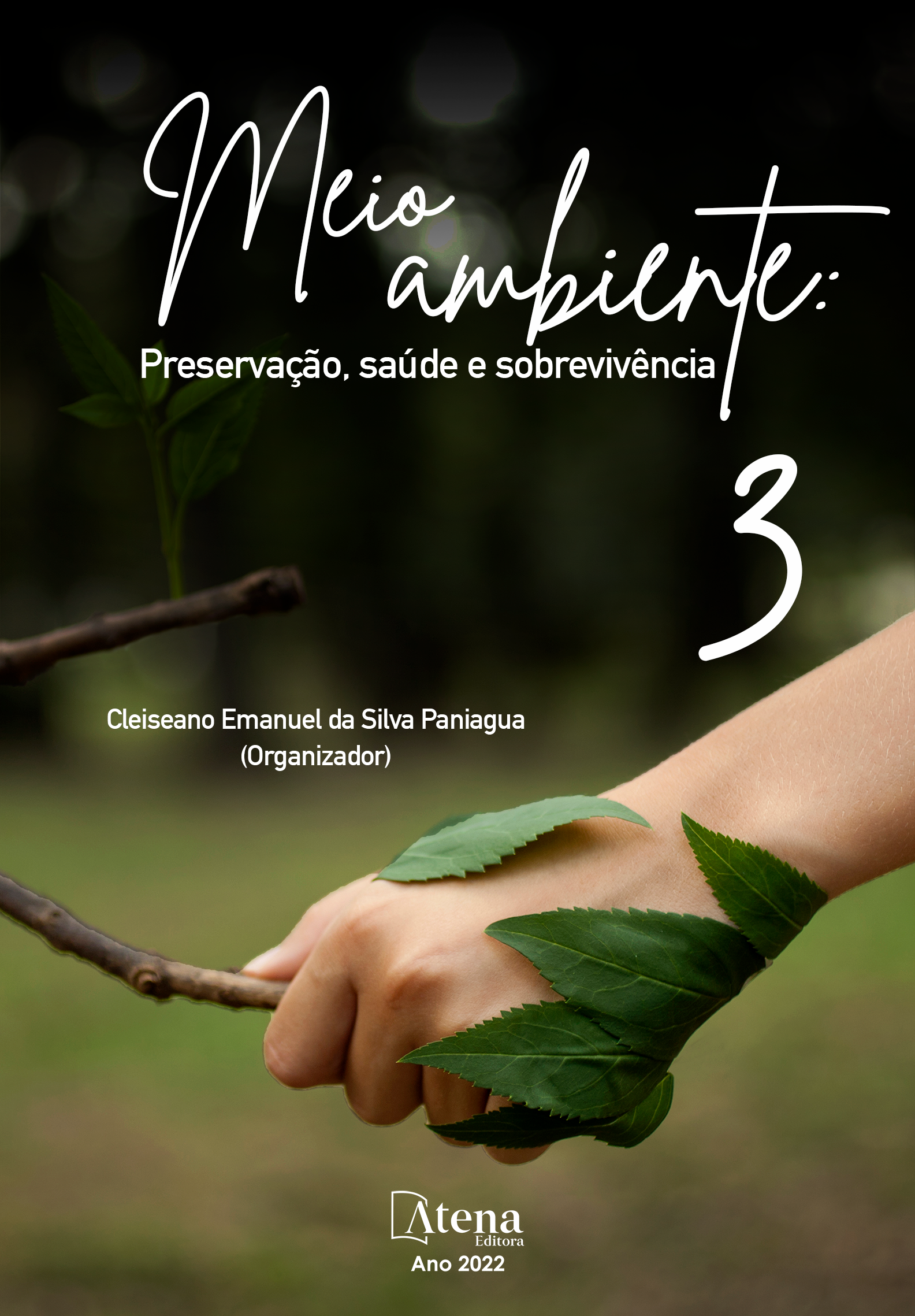
AS INFLUÊNCIAS DO SUPORTE BIOFÍSICO NA PAISAGEM JESUÍTICA DO MUNICÍPIO DE URUGUAIANA, RS
Os jesuítas chegaram a América do Sul durante o período de colonização luso-espanhola e por volta do ano de 1607, fundaram em terras da coroa espanhola, a Província Jesuítica do Paraguai, composta por um sistema de reduções dentre as quais se destacava a Redução de Yapeyú. Esta se caracterizava por apresentar a maior população e compreender em seu território a maior estância de gado jesuíta, servindo para abastecimento interno de Yapeyú, como também atendendo a reduções vizinhas que estivessem em necessidade. A sede da redução se encontra em terras que hoje pertencem à Argentina, mas a grande estância jesuíta e suas estruturas se localizam na outra margem do rio Uruguai, encontrando-se em território hoje pertencente ao município de Uruguaiana, fronteira oeste do Rio Grande do Sul. Os jesuítas criaram uma paisagem específica que teve grande influência sobre a formação identitária da região. Neste sentido, a bibliografia existente sobre o tema em questão, aponta como se deram as escolhas dos locais onde foram implantadas tais estruturas, sempre as vinculando aos fatores biofísicos locais. Assim, trazendo ao principal objetivo deste artigo, buscou-se investigar e confirmar como as teorias das influências ambientais determinaram a paisagem cultural jesuítica que compõe a estância de Yapeyú. Para este propósito, foi utilizada uma metodologia composta por dois momentos, iniciando com revisão de literatura, destacando as teorias encontradas e após confrontando-as com os dados obtidos através de softwares de geoprocessamento. Pretende-se que ao final deste artigo seja possível confirmar como a paisagem natural da época influenciou no posicionamento das estruturas remanescentes da estância de Yapeyú.
AS INFLUÊNCIAS DO SUPORTE BIOFÍSICO NA PAISAGEM JESUÍTICA DO MUNICÍPIO DE URUGUAIANA, RS
-
DOI: 10.22533/at.ed.7632220059
-
Palavras-chave: Paisagem Jesuíta. Suporte Biofísico. Geoprocessamento
-
Keywords: Jesuit Landscape. Biophysical Support. Geoprocessing
-
Abstract:
The Jesuits arrived in South America during the period of Spanish and Portuguese colonialism and, around 1607, they founded the Jesuit Province of Paraguay in the lands of the Spanish crown, consisting of a system of reductions, among which the Reduction of Yapeyú. This was characterized by being the most populous and comprising in its territory the largest Jesuit cattle ranch, serving for internal supply of Yapeyú, as well as serving neighboring reductions that were in need. The headquarters of the reduction is located on lands that today belong to Argentina, but the large Jesuit ranch and its structures are located on the other side of the Uruguay River, in a territory that today belongs to the municipality of Uruguaiana, on the western border of Rio Grande do Sul. The Jesuits created a specific landscape that had a great influence on the identity formation of the region. In this sense, the existing bibliography on the subject in question, points out how the choices of the places where such structures were implanted were made, always linking them to the local biophysical factors. Thus, bringing the main objective of this article, we sought to investigate and confirm how the theories of environmental influences determined the Jesuit cultural landscape that makes up the Yapeyú ranch. For this purpose, a methodology composed of two moments was used, starting with a literature review, highlighting the theories found and then comparing them with the data obtained through geoprocessing software. It is intended that at the end of this article it will be possible to confirm how the natural landscape of the time influenced the positioning of the remaining structures of the Yapeyú ranch.
-
Número de páginas: 17
- Raquel Weiss
- Luis Guilherme Aita Pippi
- Mariana Nicorena Morari


